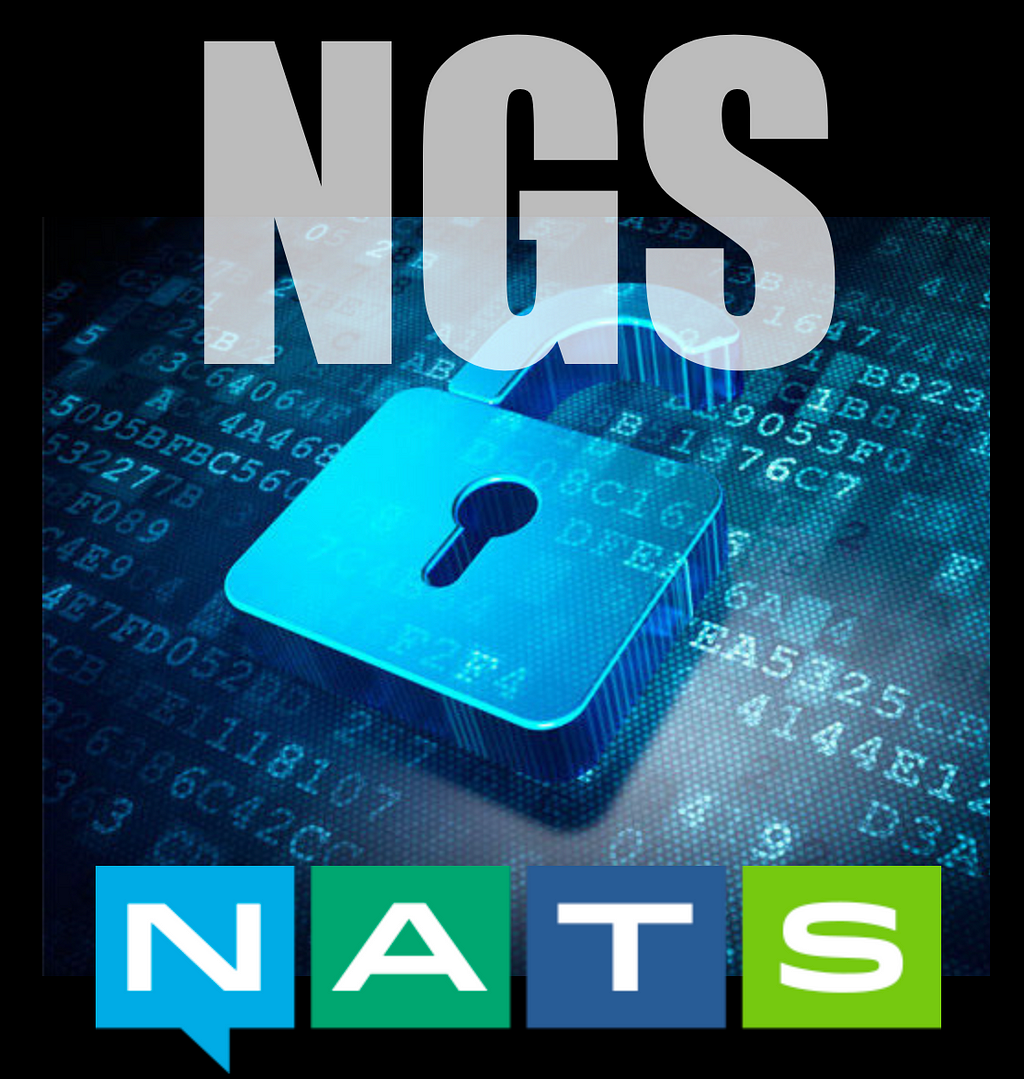Latest news about Bitcoin and all cryptocurrencies. Your daily crypto news habit.

The hyper-connected world in which we live has drastically changed the way we live our lives. The rise of the internet and the global cellular network has transformed how people interact with each other. Very few could have seen how far we have come since the early 90s. We now have over 4.2 billion people connected on the internet and even more on cellular networks around the world. We expect a vast increase from developing countries to continue to drive these numbers, and opportunities, skyward.
What most people don’t realize is that the same opportunity exists for the world’s digital systems, services, and devices. There will be an estimated 50 billion devices and systems trying to connect by 2022. The opportunities that will arise from all of these things being hyper-connected will dwarf what we have ever seen as a human race from the internet and global cellular networks.
There are challenges however. Making systems communicate is not a new problem, this has been solved before. There are many technologies to choose from that differ widely in features and functionality, but when chosen they usually exist in silos within organizations. I have spent over 25 years building these types of systems, and I am always amazed by what problems they can solve. But the world has changed. With cloud, edge and IoT, many systems are simply not built for this new hyper-connected world.
In 2010 I built a messaging system for myself, NATS.io. It did just what I wanted, and nothing that I didn’t. It has a few simple patterns to choose from, request/reply, pub/sub and load balanced queues. It’s simple, very fast, and easy to use and operate. It protects itself at all costs, so fits well into a distributed, microservices based cloud native world where the communication fabric needs to be always on an available.
Early on we did not do much with security. Systems we built using NATS would build the security layer on top, and not depend on the transport. Technically, I still believe in this approach, but the world wants secure transports with next generation authentication and authorization. In 2016 the team started looking hard at what we could do to bring security into the NATS ecosystem. We wanted the solution to be aligned with NATS philosophically, meaning it had to be easy, and it had to just work. We made some good progress on this front but I believed we could do more, I just did not have the solution at the time.
At the beginning of 2018 we decided to form a company around the NATS technology, and have NATS join the CNCF. The company, Synadia, is made up of an amazing and talented team who have deep knowledge of communication and messaging systems. Our team knows how to build massively scalable and resilient systems. We have been doing so for a combined 100+ years! I am, however, keenly aware of the challenges startups have with commercializing Open Source Software. The world demands OSS, but the startups need to survive and thrive, and the current business models were not up to the task. I firmly believe there are only three models going forward.
- Run OSS as a Service
- Bundle OSS with Hardware
- Augment OSS with a Service.
When you build something as simple and easy as NATS, option #1 becomes a challenge. We really needed to think outside of the box. Which brings us back to the opportunity and NGS.
Our idea was to bring about the world’s first globally available, always-on and secure messaging and communications technology. A global communications utility for all the world’s digital systems, services and devices. Built on NATS technology, the system will be globally available under a single URL, be secure by default, and allow secure and easy data sharing between communication domains. These domains could be between organizations, companies, cities, states, and even countries and governments. This is a global utility. The system will be available in every cloud provider, be easily extendable to edge computing, in a home, an office or a car, as well as IOT devices. By design it will be operated in a federated manner with multiple companies participating in the success of the system. It will foster an ecosystem of secure and hyper-connected systems, services and devices that promote secure sharing. We believe this will bring about incredible opportunities that have never been seen before.
After a year in development, and based on 8+ years of production quality technology from NATS and over 100 yrs of combined experience, we are proud to announce NGS. In the coming weeks we will be talking more about the details of the system. There is a free tier that makes it easy to get started. You can be up and connected and sending messages globally in less than 5 minutes.
Signup at https://synadia.com/ngs for early access. We will be opening the system during the KubeCon + CloudNativeCon conference in Seattle, December 11–15.
What do you want to connect today?
Introducing NGS was originally published in Hacker Noon on Medium, where people are continuing the conversation by highlighting and responding to this story.
Disclaimer
The views and opinions expressed in this article are solely those of the authors and do not reflect the views of Bitcoin Insider. Every investment and trading move involves risk - this is especially true for cryptocurrencies given their volatility. We strongly advise our readers to conduct their own research when making a decision.